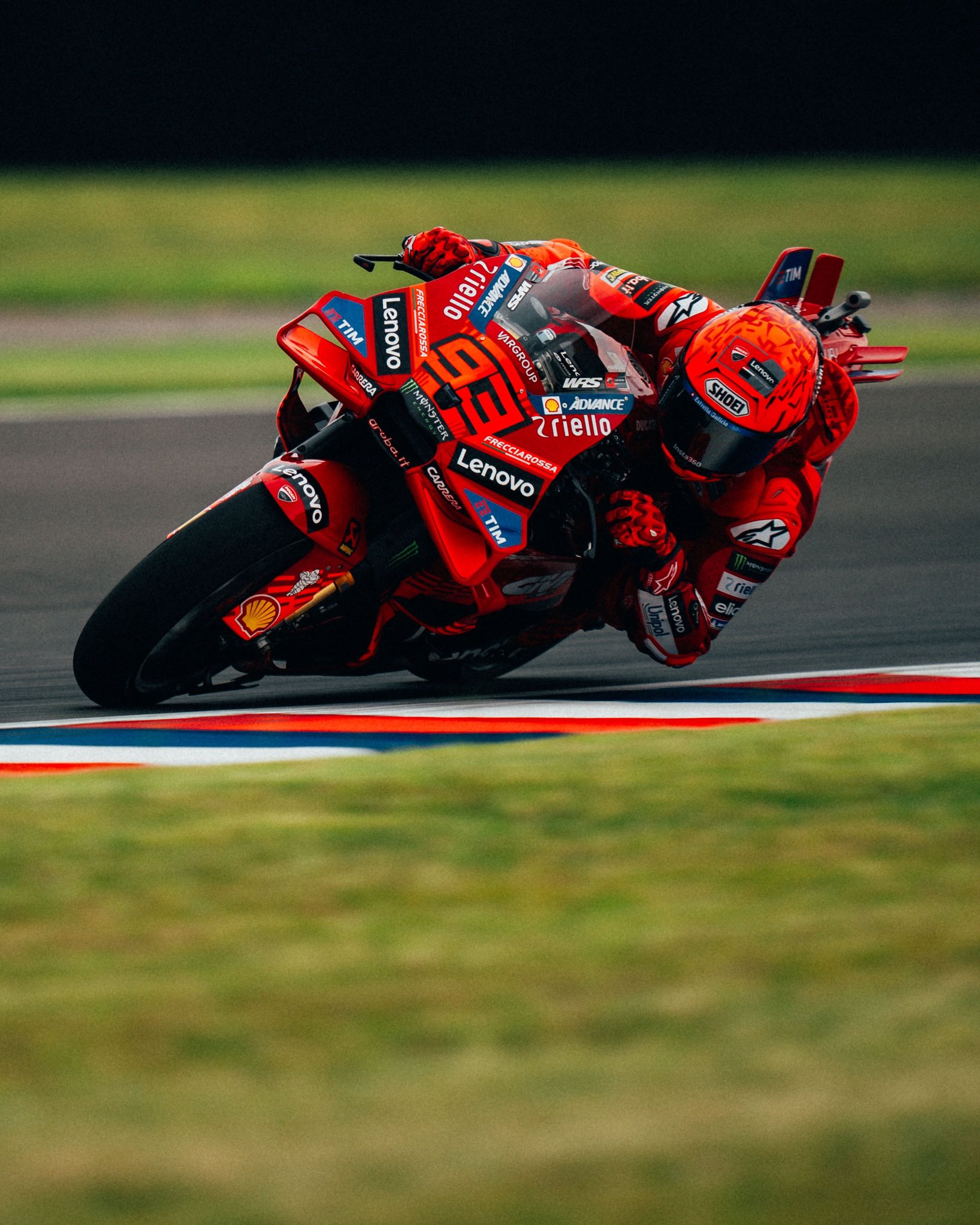History of the US Grand Prix
- Ekaterina Nizovtseva
- Oct 23, 2021
- 3 min read
Updated: Feb 28, 2022
Written by Ekaterina Nizovtseva, edited by Tanishka Vashee
The United States of America could claim to host more Grand Prix than any other country. World Championship races could be held on at least eight tracks.
The first US Grand Prix was held in 1959 at the Sebring track, located on the airfield in Florida. A track known for its hummocky surface and sports car racing. Bruce McLaren celebrated the victory there, however the championship title was won by his teammate Jack Brabham. The following year, the competition moved across the country – to Riverside on a dusty road track in California. That year Moss became the winner and no more competitions were held there.

Finally, in 1961, the US Grand Prix found its real home. Watkins Glen – an excellent road track in New York State – had hosted the US Grand Prix until 1980. The key place of the track was a difficult s-shaped turn near the start line. It had some major changes prepared for the 1971 race. The track followed the edge of the hillside to two uphill right-hand turns, over an exciting blind crest into a right-hand turn, down and up into a left-hand turn rejoining the old track. Innes Ireland became the first winner of the Watkins Glen stage, and then for the next six years, Clark and Hill shared the victories with each other.
In 1971, the track was expanded and then Francois Cevert celebrated his only triumph here. But this place became fatal for him – two years later he died in the qualifying race. And the next season, the life of the Austrian Helmut Kenning was cut short there.
Despite the tragedies, the races continued, but in 1980, with the heyday of the era of turbocharged engines and the appearance of cars showing higher speeds, it became clear that the track at Watkins Glen had no longer met new requirements. And after that year, the track was never used again.
In 1976, British promoter Chris Pook established the US Grand Prix, gaining a distribution advantage that allowed the states to have two competitions. One race was held in California at the track in Long Beach. The track ran between the houses and featured a long curved straight line following a tight hairpin. Clay Regazzoni was the winner on the day of its grand opening. Races in Long Beach became a classic, but after 1983 Pook switched to Indycar.

Other promoters decided that they would be able to successfully do similar work and in 1981 the races at Watkins Glen were replaced by competitions in Las Vegas held literally in the parking of the Caesar Palace hotel. But no one liked the venue of the competition, so the races were held only 2 years there. In 1982, street racing was held in Detroit, where Ayrton Senna took three wins.

In 1984, Dallas was chosen as the venue for the Grand Prix, but a real natural disaster happened: the track surface was almost destroyed by the terrible heat. Some may even say that Texas gave F1 the “wildest race ever” with its high temperatures.
The US GP was held in Phoenix from 1989-1991, but then disappeared from the calendar.
In 2000, the formula returned to the USA, it was held in Indianapolis. After 2007, due to a conflict between the management of Formula 1 and the owner of the track in Indianapolis, Tony George, the US Grand Prix in Indianapolis was no longer held. In 2011, the FIA announced the holding of the US Grand Prix in Austin.

Ten years later Austin is still in charge of holding the US Grand Prix, and we will see more of it on Sunday, October 24th.











Comments